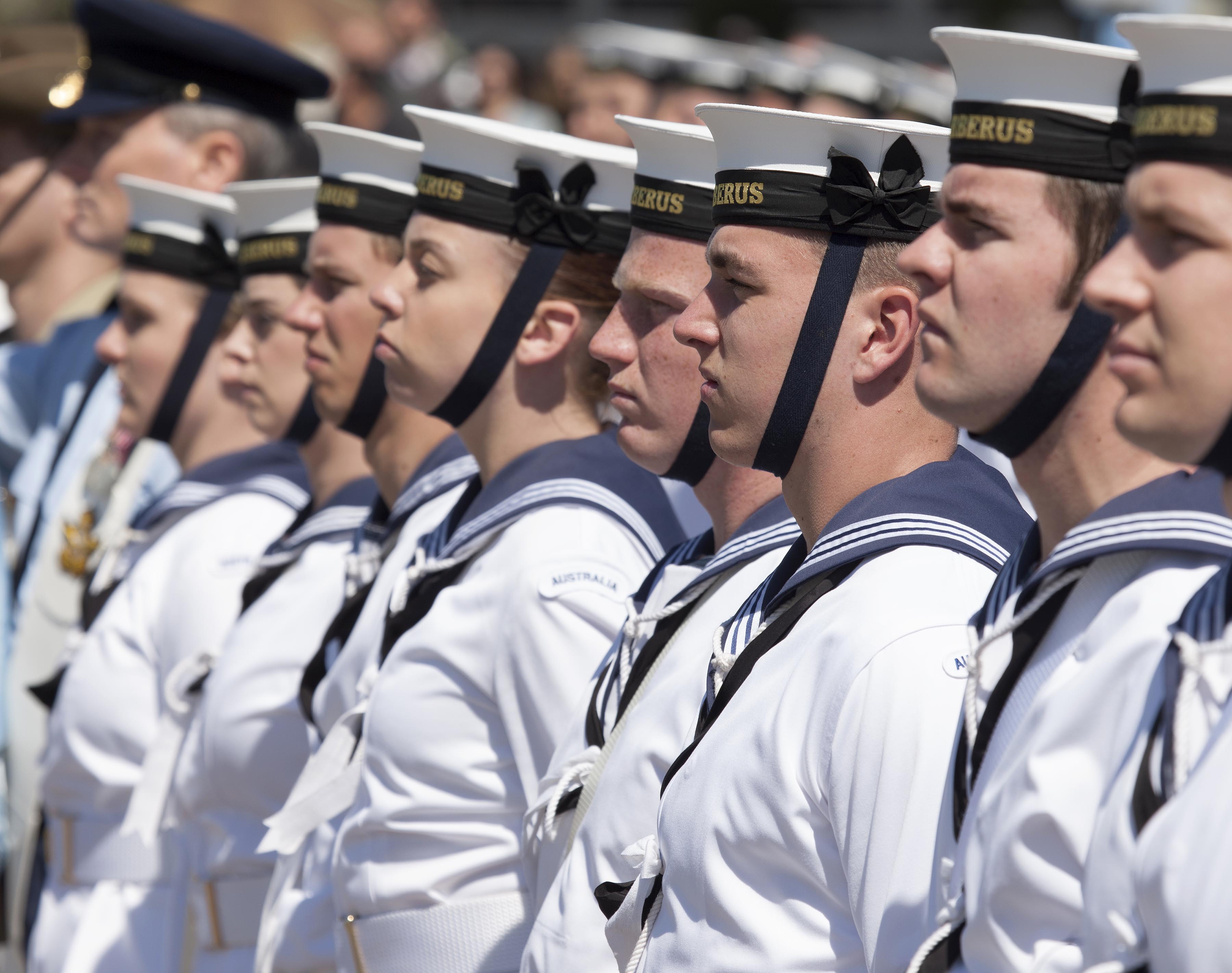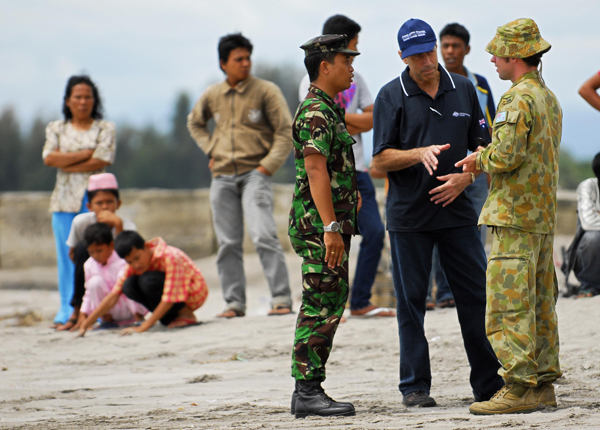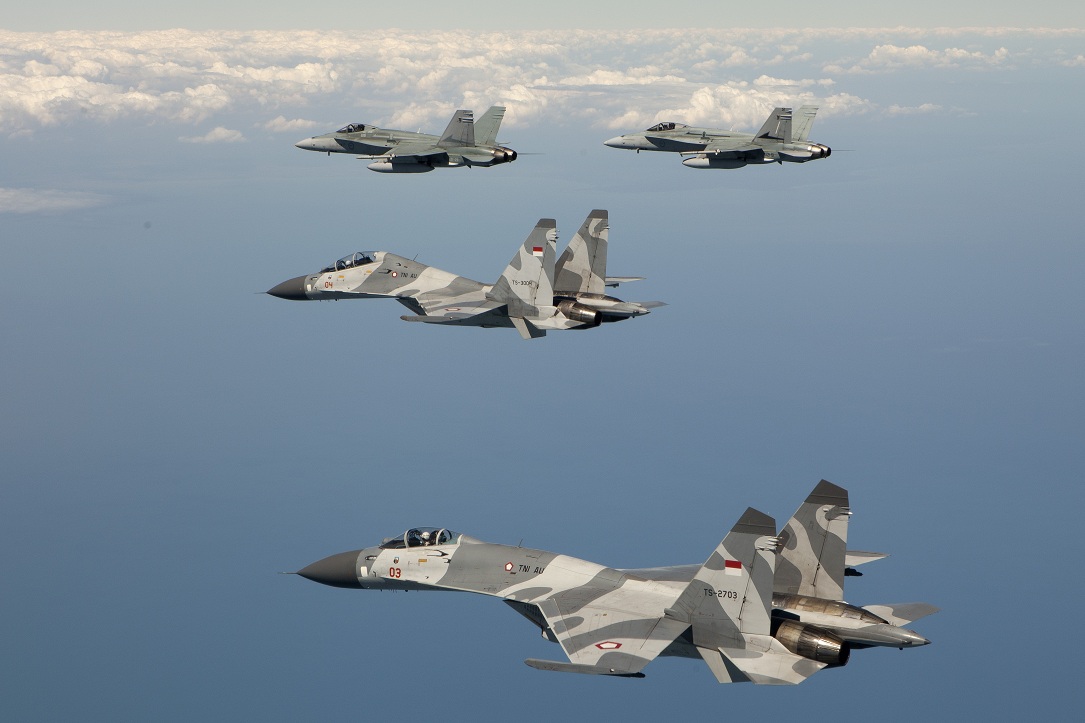What’s the best kind of Navy for us?
Once again battle has been joined on the shape of Australia’s next Navy. While this may appear as merely differing opinions on our future navy’s role, lurking barely submerged are the omnipresent (sea) battles over budgets and spending. In struggles over funding real ships, there are no shades of gray.
Hugh White has re-energised the debate with recent forays (here and here) about the push in Australia of having a small navy of big ships. He holds that the Navy seems to be building a fleet focused on protecting an amphibious force so it can deliver the Army on defended, foreign shores. Hugh bases his criticism on a belief that Australia would be best served by building a sea denial navy able to prevent hostile naval vessels from projecting power themselves. His preferred sea denial force structure comprises smaller less-capable ships, more numerous and better submarines and maritime strike aircraft.









